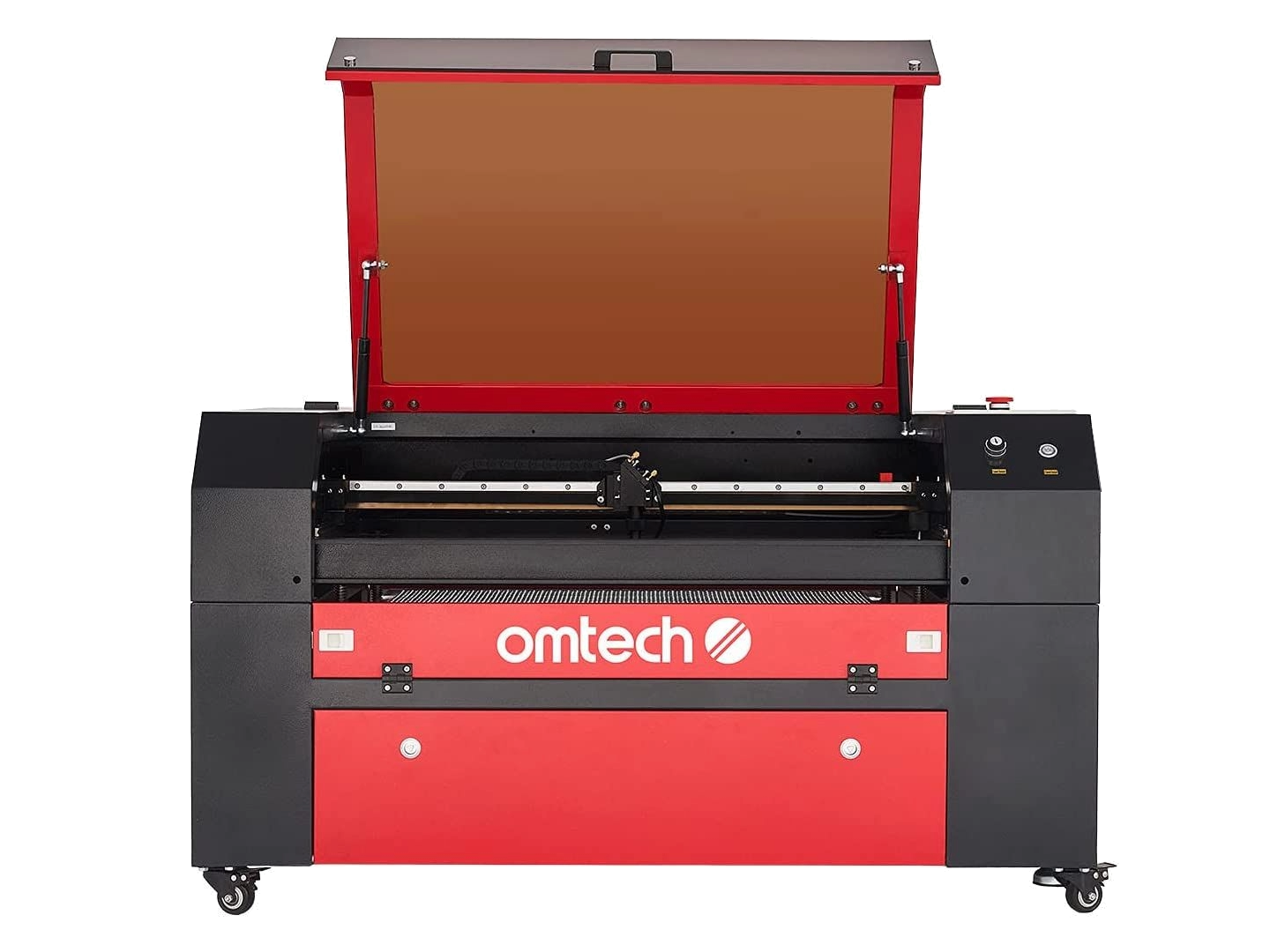Do NOT cut or engrave metals due to conductivity and reflectivity. Note: It is possible to remove certain pain or annodized coatings from some metals, and some metals can be marked with laser marking sprays such as CerMark (Molybdenum disulfide) that leaves behind a black mark when heated with the laser.
Do NOT cut or engrave the following materials due to toxic fumes: artificial leather, astatine, beryllium oxide, bromine, chlorine (including PVB, PVC, Vinyl, Cintra), fluorine (Teflon, PTFE, etc.), iodine, phenolic resins (including Epoxy), nor polycarbonate (PC, Lexan, etc.) For other materials, consult the material safety data sheet (MSDS) regarding safety, toxicity, corrosiveness, reflectivity, and reactions to high heat. Discuss any material uncertainties with makerspace staff.

